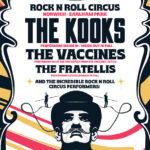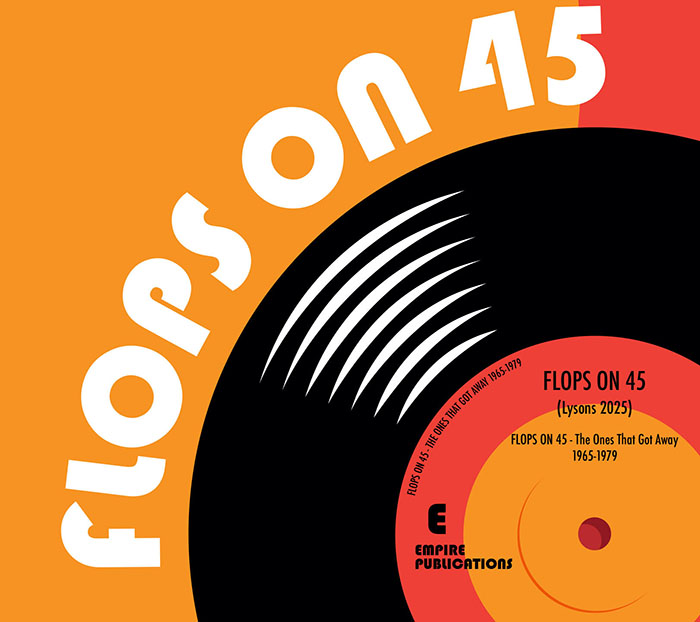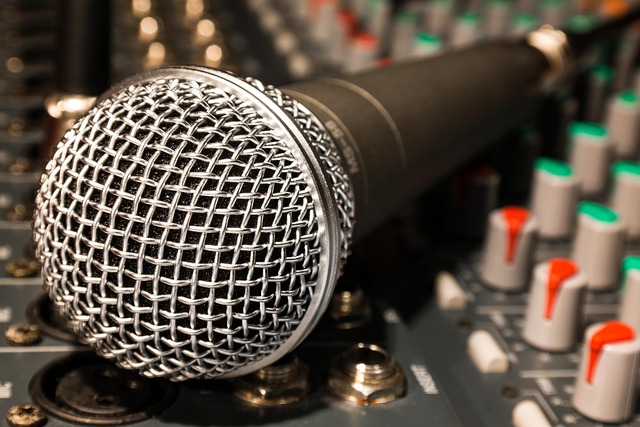Casino play looks visual, yet most decisions happen with background music running in the background. A slot bonus, a blackjack split, a raise on the river – all land differently under calm piano than under pounding synths. The playlist quietly pushes pace, mood and even risk appetite.
Players usually blame a bad run on variance, fatigue or poor strategy. Very few ask a simple question: is the audio helping to focus, or quietly speeding up mistakes.
Online rooms and sound choices
Digital lobbies copy the logic of land-based floors. Bright colors, short loops, no silence. Modern crypto casinos follow the same pattern, but add more control on the user side. Many let players mute lobby tracks, keep slot sounds only, or run their own playlist over the game audio.
A simple scenario shows how this matters. One person spins under loud EDM, another under low-key ambient. Both use the same stakes and RTP, yet the first usually clicks faster, reacts less, and chases more marginal features.
A practical baseline works well here: pick your stakes first, then pick the background music soundtrack that fits the plan instead of the hype.
Tempo, volume and decision speed
Three parameters shape most sessions: loudness, tempo and density of sounds. Together they decide whether the brain sits in focus mode or in arcade mode.
Useful questions to check before a long session look like this:
- Is the track sitting at a comfortable volume or fighting with game effects.
- Are beats slow enough to keep breathing steady during swings.
- Do sounds pause sometimes or fire nonstop without room to think.
When the answer to all three is yes, bets usually feel more deliberate. When volume, tempo and density all lean high, hands per hour climb almost automatically, even if the player promised to take it slow.
What research says about focus and sound
Outside casinos, concentration playlists are already a separate niche. Educational platforms share curated sets, and one law school even published a list of productivity playlists that favor instrumental and low-lyric tracks for study. The basic pattern carries over: fewer words, smoother dynamics, better sustained attention.
Another line of work looks at driving. In one controlled study, fast-tempo tracks raised mental load in novice drivers and weakened hazard perception, while slower pieces improved it compared with silence. The driving context differs from gambling, yet the mechanism is similar. When tempo climbs, the brain spends more energy keeping up with the beat and leaves less bandwidth for risk checks.
For longer casino sessions, that suggests a simple rule of thumb. Quiet, mid-tempo tracks support bankroll discipline better than aggressive playlists that push the heart rate up.
Building a personal audio routine
There is no universal perfect background music soundtrack. Some players stay sharp on chilled house, others work better with soft orchestral loops. The point is to treat audio as part of the setup, on the same level as bet sizing or session length.
A short pre-game ritual helps keep things under control:
- Set a fixed session limit before the first track starts.
- Choose or mute music to match a calm, methodical pace.
- Commit to changing stakes only during silent breaks, never in the middle of a song.
Over time, the brain starts linking this routine with focused, measured play. Music then stops being just decoration on top of the reels and cards. It becomes a tool that supports attention instead of dragging it away.









Comments are closed.